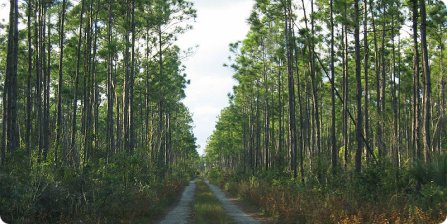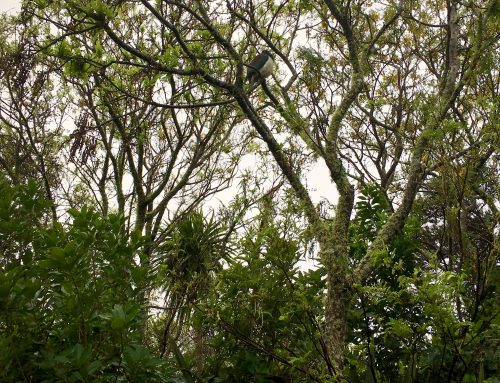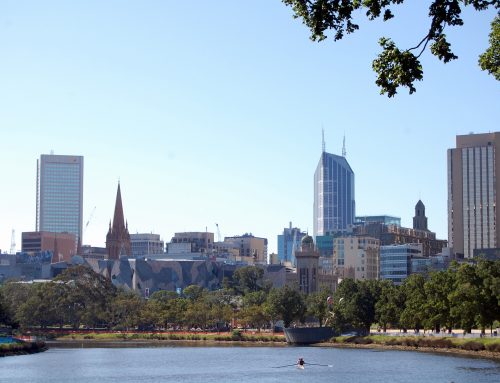Can a thriving community be created in a harsh, socially hostile environment, and can it last? What lessons can be learned from Gaviotas, Colombia?
Gaviotas is an intentional community in eastern Columbia established by Paulo Lugari in the mid 60’s. The ecosystem consisted of “llanos”, savannas that seasonally flood. The intent of the community was to find ways to make the region more habitable. Through Colombian and UNDP grants in the 70’s and 80’s they developed a technique to grow Caribbean Pines (Pinus caribea). By cultivating these pines, they rejuvenated the depleted savanna soil, permitting regrowth of many tropical forest species (jacarandas, ficus, yopos, laurels, ferns and others). They currently have over 6000 hectares (14,800 acres) of pines that are used indirectly to support food production and directly for processing resin.
Gaviotas is considered to be a model of classic transformation of ecosystems from savannah to tropical forest. Gaviotas represents both a great achievement in social-ecological transformation and a great design challenge that is typical in the 21st century. The design challenge is the problem of building communities that harmonize science, engineering and many other disciplines with local customs, traditions and ecology of a given geographical region, in order to transform that region. Gaviotas achieved its objectives through cooperative research into alternative energy, providing access to potable water supplies through invention of the “sleeve pump”, research on plant cultivation and development of a lifestyle that fostered creativity. The Gaviotas project addresses ecological problems of land use and transformation. It addresses social and political problems by providing a model for agricultural , social and educational development.
Gaviotas has developed successfully over a forty year period in one of the most inhospitable places on earth. Adverse conditions included ecological degradation, as well as political and drug-related violence. By maintaining a “no firearm” policy in the community and providing technical and medical aid to the surrounding region, they managed to survive in an area with left and right wing guerilla forces present. Gaviotas drew on the best minds of some of the best universities in the Americas to develop creatives solutions that have lasted despite the odds. This model for problem solving and collaboration could be used in other parts of the world.
More information:
A 2013 article by Rocky Mountain Institute on Gaviotas produced renewable energy technology
And the 2008 book: Gaviotas: A Village to Reinvent the World, 2nd ed by Alan Weisman



